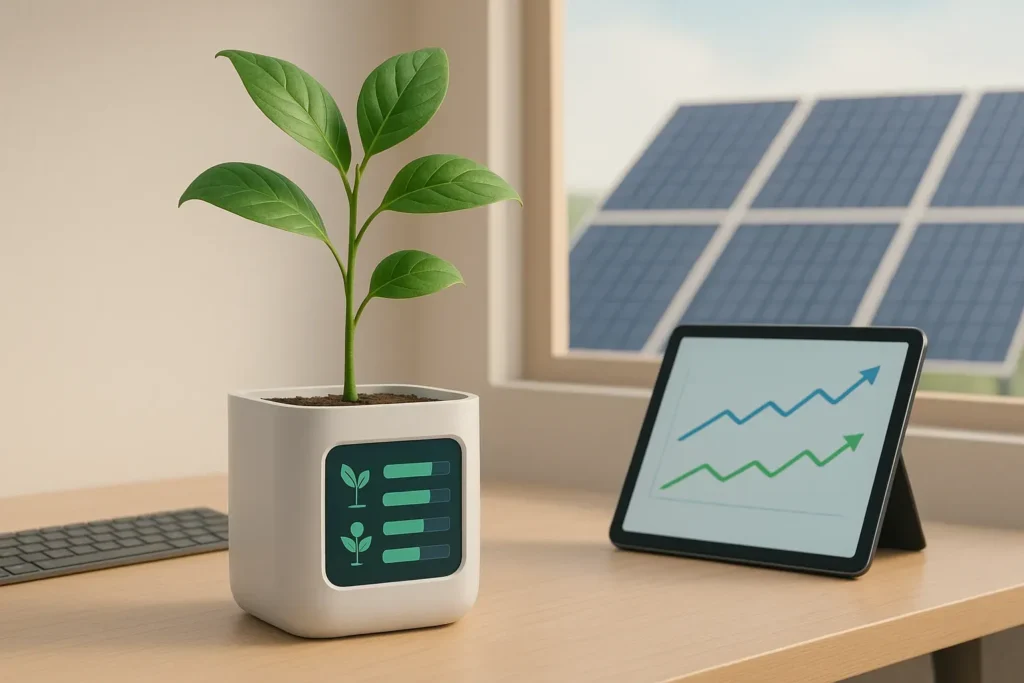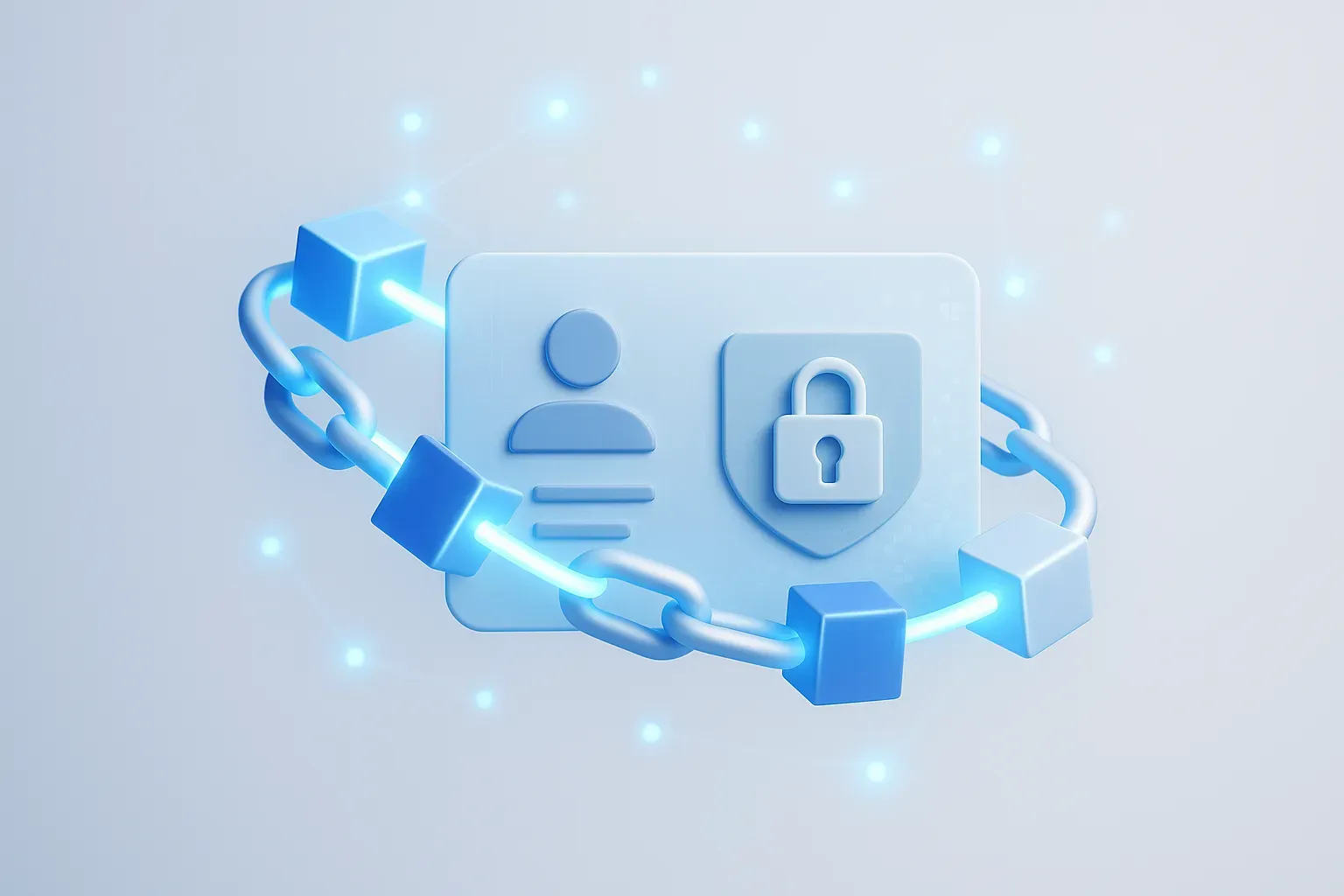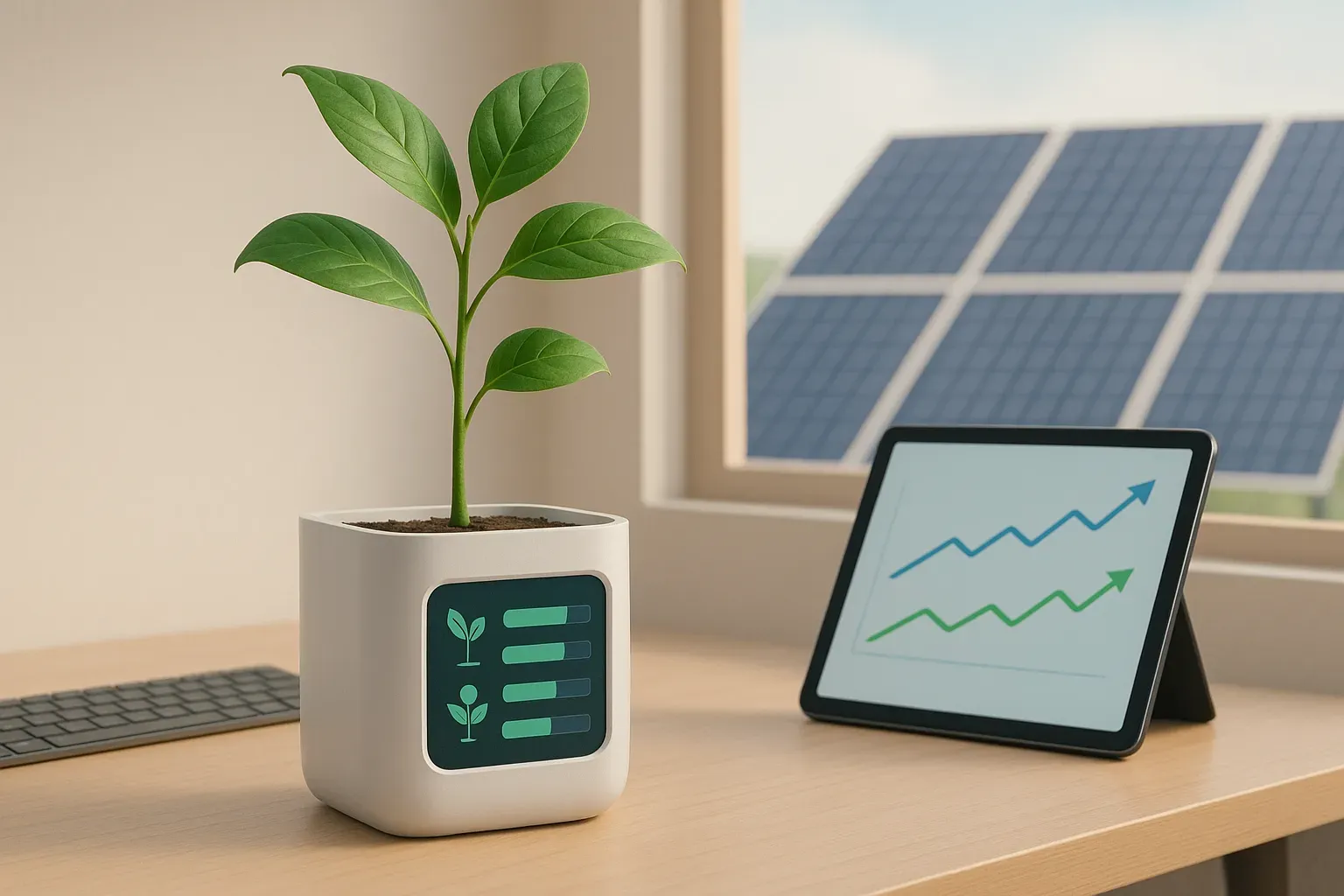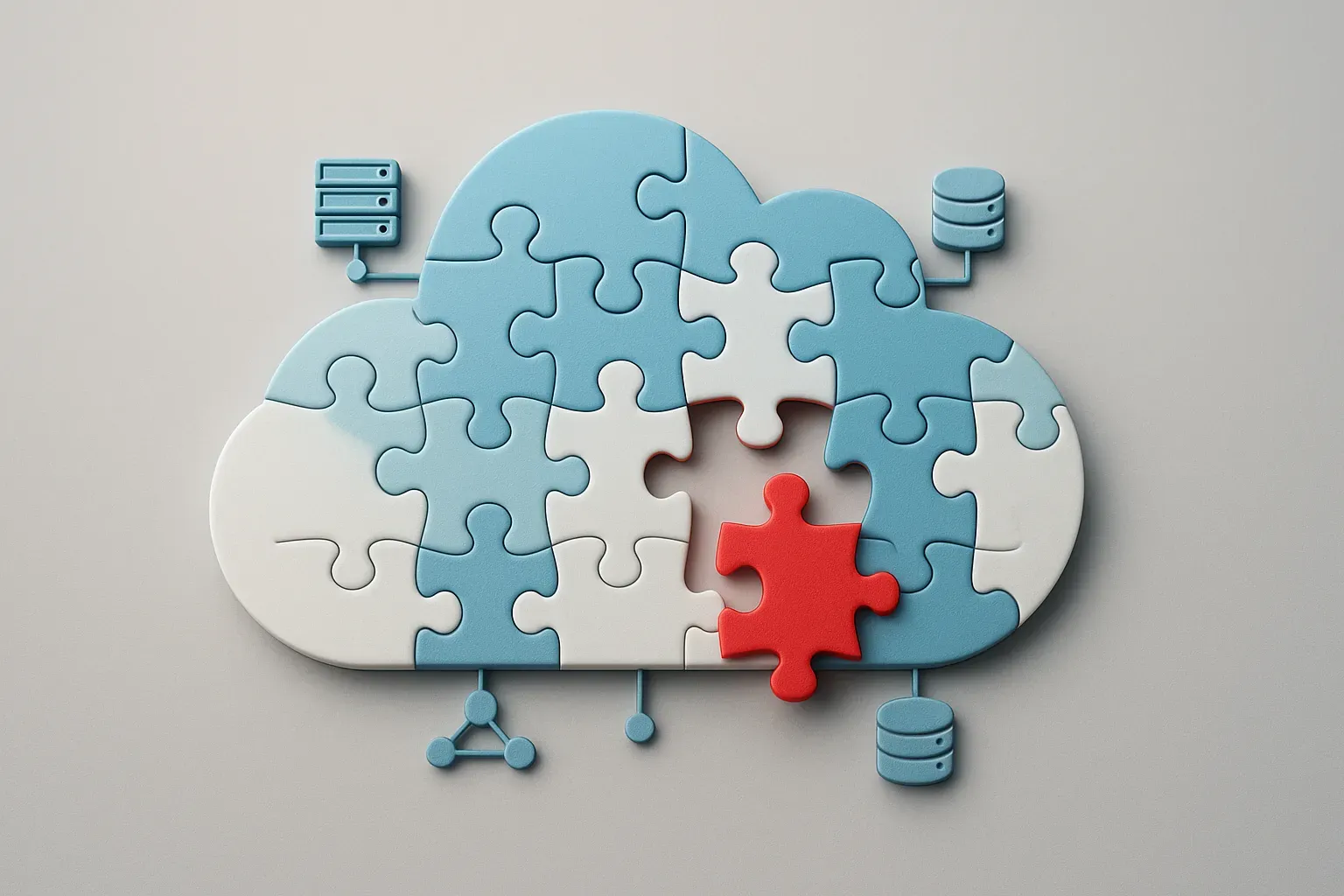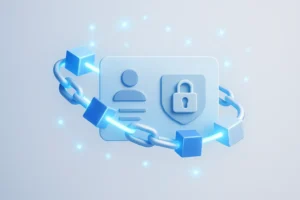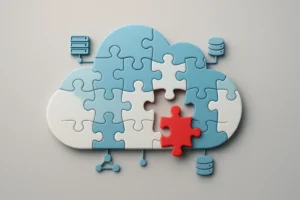Small and medium enterprises are increasingly adopting digital technologies to achieve sustainability goals, as shown through numerous practical examples. Industry experts reveal how tools like cloud platforms, automated dashboards, and paperless workflows are transforming business operations while reducing environmental impact. These strategic digital implementations are helping SMEs cut emissions, minimize waste, and optimize resource usage across their operations.
- Cloud Migration Cuts Waste and Travel Emissions
- Paperless Workflows Cut Courier Shipments
- Smart Inventory Prevents Waste Through Resale
- GPS Tracking Reduces Unnecessary Driving Miles
- Automated Dashboards Replace Paper-Heavy Reporting Methods
- Carbon-Aware Release Gates Lower Computing Emissions
- Digital Calculators Transform SME Emissions Tracking
- Smart Thermostats Optimize Energy Use
- Remote Work Model Slashes Commute Emissions
- Cloud Platforms Replace Regional Office Expansion
- Digital Systems Support Traceability Without Paper
- Digital Resource Hub Replaces Printed Catalogs
- Digital Twins Minimize Resource Waste
- Digital Project Boards Eliminate Office Paper Waste
- Interactive Lookbooks Replace Printed Catalogs
- Online Dashboards Reduce Physical Infrastructure Needs
- Digital Intake Forms Save Thousands of Pages
Cloud Migration Cuts Waste and Travel Emissions
Digital transformation has had a direct impact on how we approach sustainability, especially as a smaller business where every resource counts. For me, the biggest shift came when we moved most of our operations into the cloud. At first, it was about efficiency and accessibility, but the environmental benefits quickly became clear. Reducing reliance on paper processes and physical storage cut down waste dramatically. What once required printed reports, binders, and office space now lives securely online — accessible anywhere without the constant churn of ink, paper, and shipping.
A specific example is how we replaced in-person client workshops with virtual collaboration platforms. Pre-pandemic, these sessions meant flights, hotels, and printed materials for dozens of people at a time. By rethinking the experience digitally — using interactive whiteboards, breakout tools, and shared online workspaces — we’ve delivered the same (if not better) outcomes while eliminating the travel emissions and single-use resources that came with in-person setups. Beyond the environmental footprint, this also saved time and reduced costs, which reinforced the business case internally.
What stood out to me is how sustainability often comes as a byproduct of smart digital decisions. You don’t always set out to “be greener,” but by adopting tools that make your workflows leaner, the environmental benefits follow. For SMEs in particular, this matters because sustainability isn’t just about big gestures; it’s about cumulative impact. Every flight avoided, every pile of paper not printed, every redundant server shut down adds up.
The key lesson for me was that digital transformation and sustainability aren’t two separate strategies — they reinforce each other. By leaning into technology to streamline operations, you often unlock both efficiency and environmental gains. And in today’s climate, those two outcomes are inseparable from building a resilient, future-ready business.

Paperless Workflows Cut Courier Shipments
Digital transformation has been a big part of our sustainability journey. One concrete example is that we moved our invoicing and contract processes to a paperless, cloud-based workflow using e-signature tools and shared drives. What used to involve printing, signing, and mailing hundreds of pages a month is now done entirely online, which has cut down on paper consumption and eliminated courier shipments. We also consolidated a rack of underutilized on-premises servers into a scalable cloud platform that automatically rightsizes resources, so we’re not burning energy to keep idle hardware running. Coupled with remote work and video conferencing tools, which have reduced commuting and business travel, these changes have lowered our carbon footprint while making the business more efficient.

Smart Inventory Prevents Waste Through Resale
Digital transformation pushed us to rethink every step of our supply chain here. By introducing smart inventory tracking, we avoided overstocking which had been a silent contributor to waste and higher energy costs. The system provided us with real-time insights into product demand, allowing us to better match supply with actual usage. Each step connected to the next in a clear way, making the process more efficient and sustainable.
Also, one clear example is how we integrated the resale of surplus inventory into our digital platform. People can now list unused medical supplies and connect with buyers in need. What once ended up as waste is now reused, extending the product lifecycle and reducing landfill impact. This shows how practical technology choices can achieve real sustainability results while creating value for suppliers and buyers.

GPS Tracking Reduces Unnecessary Driving Miles
Digital transformation forced us to measure what used to be guessed. We replaced flat car allowances and paper logs with GPS-verified mileage tracking and policy rules tied to real routes and real costs. Once trips were auto-captured and categorized, two things happened: unnecessary drives dropped, and “friendly rounding” disappeared.
One concrete example: a client with a large field team used the new system to flag duplicate and off-route trips, then nudged reps to batch visits and use shared routes. Within a few cycles, they were driving fewer total miles, burning less fuel, and submitting fewer exceptions — same coverage, leaner footprint. Bonus: going paperless on logs and approvals cut admin waste and audit prints to near zero.
Bottom line: better data changed behavior. Efficiency savings showed up on the P&L (profit and loss) and in emissions, without asking anyone to work harder — just smarter.

Automated Dashboards Replace Paper-Heavy Reporting Methods
Digital transformation has been central to making our business more sustainable. One specific example is how we moved from manually preparing client SEO reports to fully automated, cloud-based dashboards.
Previously, reporting meant downloading spreadsheets, formatting PDFs, and in some cases even printing them for meetings. It was time-intensive, paper-heavy, and often required unnecessary travel to present results. By switching to Google Looker Studio integrated with live data sources, clients now access their results instantly online.
This shift eliminated paper and printing altogether, reduced electricity use from repetitive manual tasks, and cut down on travel-related emissions since we no longer need in-person reporting sessions. Beyond lowering our footprint, it also improved client transparency and gave us back hours each week to focus on strategy instead of admin.
Digital-first processes like this have allowed us to align business efficiency with sustainability, proving that going greener often goes hand-in-hand with working smarter.

Carbon-Aware Release Gates Lower Computing Emissions
Digital transformation cut our footprint more than any office tweak ever could. We wired a carbon-aware release gate into CI: every build estimates energy per study, and if it’s heavy, it doesn’t ship until we fix it. We slimmed our Radiology AI-copilot (INT8 quantization) and ran inference at the hospital edge, so we’re not hauling huge DICOM files to the cloud; we also auto de-dupe and tier storage. Net result: ~30% fewer GPU hours per study, ~25% less storage, and roughly 28-35% lower compute-related emissions — with the same speed and accuracy. If you’re starting out, pick one metric (grams CO2e per transaction) and make it a ship/no-ship rule.

Digital Calculators Transform SME Emissions Tracking
Digital transformation has fundamentally reshaped how we support our SME clients in building credible, measurable sustainability strategies. One of the most impactful ways we’ve seen this is through adopting free and low-cost greenhouse gas (GHG) emissions calculators. These digital tools allow businesses to understand their footprint in a structured, cost-effective way, previously only possible through costly consulting.
When collaborating with a client, our first priority is to establish a baseline emissions profile. Tools such as the U.S. EPA Carbon Footprint Calculator, Carbonze Free Emission Calculator, or the Sage Greenhouse Gas Emissions Calculator provide insights across energy, transportation, supply chain, and waste. For example, with one mid-sized services company, we used Carbonze to track their emissions. The data revealed that nearly 40% of their footprint was tied to travel and logistics, not the office energy consumption they had assumed was the main contributor.
This insight allowed us to pivot their strategy. We guided them in shifting to hybrid work schedules, adopting virtual collaboration platforms, and introducing greener fleet options. Because these actions were based on accurate data rather than assumptions, they led to measurable outcomes: transportation-related emissions fell by more than 20% in just one year, while travel costs dropped and employee satisfaction improved.
The value of these calculators extends beyond measurement. They enable benchmarking against industry averages, help SMEs set realistic reduction goals, and provide professional-quality reports for leadership teams, investors, or regulatory frameworks. For instance, we often use the Sustainability Global Carbon Footprint Calculator to help clients prepare simplified reports for stakeholders, highlighting progress while maintaining transparency and accountability.
Digital transformation has made sustainability more accessible and actionable. By leveraging these calculators, SMEs can track progress, refine strategies, and create clear roadmaps that align environmental responsibility with business growth. Once clients see their emissions data in an understandable format, sustainability shifts from being aspirational to a concrete business strategy, driven by technology, backed by data, and reinforced by measurable impact.

Smart Thermostats Optimize Energy Use
Our commitment to sustainability is deeply ingrained in our operations, and digital transformation has played a pivotal role in enhancing our environmental footprint. As a family-owned business serving the Greater Toronto Area, we recognize the importance of adopting technology that not only improves efficiency but also aligns with our sustainability goals.
One specific example of how we’ve leveraged technology is through the implementation of smart thermostats in our installation services. These devices allow homeowners to optimize their heating and cooling systems based on real-time data and usage patterns. By enabling users to set schedules, monitor energy consumption, and adjust temperatures remotely, smart thermostats significantly reduce energy waste. In fact, studies have shown that homeowners can save up to 10-15% on their heating and cooling bills by using these devices effectively.
In addition to improving energy efficiency, smart thermostats contribute to a reduction in greenhouse gas emissions. By helping our clients manage their energy use more effectively, we not only enhance their comfort but also support broader environmental efforts. It’s rewarding to see how technology can create a win-win situation for both homeowners and the planet.
Moreover, we utilize digital tools to streamline our preventive maintenance plans under the ALPCare program. Through automated reminders and scheduling, we ensure that our clients’ systems are regularly inspected and tuned. This proactive approach not only extends the lifespan of HVAC equipment but also prevents unexpected breakdowns, which can lead to energy inefficiencies and increased emissions.
We are committed to clear communication and reliable service. By embracing digital solutions, we can provide tailored HVAC services that consider the unique needs of our clients and the challenges posed by our local climate, including extreme temperatures and humidity. Our goal is to deliver both comfort and sustainability to every home we service.
In conclusion, digital transformation is not just about improving our internal processes; it’s about empowering our customers to make more sustainable choices. As we continue to innovate and adapt, we remain dedicated to enhancing our environmental efforts while ensuring the comfort and safety of the communities we serve.

Remote Work Model Slashes Commute Emissions
Digital transformation has meant more than just efficiency — it has shaped how we work sustainably. From the very beginning, I decided to build the company as fully remote. We’ve operated this way since 2016, well before remote work became mainstream during the pandemic. Today, our team of 40+ people works entirely online, with no physical office. That choice has had a direct impact on reducing our environmental footprint.
On average, a traditional office worker spends about an hour commuting each way every day. For our team, avoiding that commute adds up quickly: over 400 hours of travel time saved each week. In environmental terms, that’s the equivalent of more than 200,000 kilometers of car travel avoided annually, which translates to roughly 35-40 metric tons of CO2 emissions saved each year.
Beyond sustainability, this model also improves the quality of life for our people. Instead of sitting in traffic, our team can invest that time into focused work, family, or rest. To me, that’s the best example of how technology enables us to grow a business that is not only more efficient, but also more responsible toward the planet.

Cloud Platforms Replace Regional Office Expansion
For us, digital transformation directly supported sustainability by reducing the need for physical infrastructure. For example, when scaling one of our ventures, instead of opening multiple regional offices, we moved key operations to cloud-based collaboration platforms. That cut down on business travel and office energy use, while also improving efficiency. It’s a reminder that going digital isn’t just about speed — it can meaningfully reduce your environmental footprint when you rethink old habits.

Digital Systems Support Traceability Without Paper
Sustainability for us is about making both strong commitments and small daily actions. We see that using technology reduces waste and improves efficiency. By moving away from printed catalogs to digital communication, we lowered our paper usage and cut down on emissions linked to transport and delivery. This shift also gave us more flexibility in reaching customers across the world, allowing us to share information in a faster and more accessible way.
Within our business, digital systems now support our organic practices in important ways. They allow us to monitor methods with accurate records without the need for paper documentation. These tools provide full traceability while reinforcing the standards we set for the environment. We believe that digital transformation has helped us preserve our heritage while embracing modern solutions that reduce our footprint.

Digital Resource Hub Replaces Printed Catalogs
Digital transformation has reshaped the way SMEs approach sustainability, creating opportunities to reduce environmental impact while improving efficiency and growth. For many organizations, sustainability efforts once meant incremental improvements to existing operations. Today, technology allows us to reimagine entire workflows, cutting waste and optimizing resources in ways that align environmental responsibility with measurable business results.
One specific example comes from a B2B client who had long relied on printed product catalogs and trade show materials as their primary marketing tools. The environmental footprint of this approach was considerable — thousands of pages printed annually, regular reprints due to product updates, and the travel required to distribute these materials at events. By leveraging digital transformation, we transitioned their marketing strategy into an entirely online, content-driven model.
We built an SEO-optimized digital resource hub featuring interactive product comparisons, downloadable guides, and educational content tailored to customer search intent. This not only eliminated the need for printed catalogs but also expanded their global reach, allowing prospects to access information instantly from anywhere. Within the first year, the client reduced paper and shipping waste significantly while increasing organic lead generation by over 40%. The digital assets also proved far more sustainable long term — easily updated in real time without the environmental or financial cost of reprinting.
This shift illustrates the broader impact of digital transformation on sustainability for SMEs. Cloud-based collaboration reduces reliance on physical infrastructure, remote meetings minimize travel emissions, and data-driven strategies ensure that every marketing asset serves a clear purpose, eliminating the inefficiencies of guesswork. The result is a business model that is leaner, greener, and more scalable.
For SMEs, digital transformation shows that environmental responsibility and growth aren’t competing priorities. By embracing technology strategically, businesses can lower their footprint while creating smarter, more effective systems that deliver lasting results.

Digital Twins Minimize Resource Waste
Digital transformation has forced us to start thinking about how we manage resources, and the digital twin made that possible. We created a digital model of our workflows, campaigns, and energy usage that allowed us to see where we were wasting time and resources. That view enabled us to redesign processes, eliminate unnecessary steps, and simulate outcomes before deploying real resources. The outcome was quicker decision-making and less squandered energy throughout the agency.
We’ve recently deployed a digital twin for a major client campaign to map out every stage in the process — content production, ad testing, and launch schedules. By running simulations, we saw where we were over-allocating time and resources, so we streamlined approvals and eliminated duplicate work. It significantly reduced revisions by over 30%, and also halved our late-night server utilization, which in turn decreased power consumption and sped up delivery times. Digital twins enable us to act with precision rather than blind guesswork, and make our sustainability efforts tangible and effective.

Digital Project Boards Eliminate Office Paper Waste
I became aware of my paper waste only after I stopped printing my schedules and reports. I had believed that printing documents was an essential requirement for my work duties for many years. The transition to digital project boards initially felt strange, but I adapted to it quickly. The absence of paper stacks on my desk and the empty recycling bin on Fridays became the most unexpected discovery. The environmental benefits of digital project boards surprised me the most, but I also discovered that team members stayed aligned better when they no longer needed to search for updated printed documents.

Interactive Lookbooks Replace Printed Catalogs
The team worked on a project to digitize the complete product catalog of a home goods brand which used to produce thousands of printed brochures annually. The company developed an interactive digital lookbook with e-commerce integration which eliminated their need for printing. The company eliminated both their paper stock expenses and worldwide catalog delivery costs. The company reduced their printing expenses by 40% while preventing multiple tons of annual paper waste. Win-win.

Online Dashboards Reduce Physical Infrastructure Needs
Digital transformation reduced our need for physical infrastructure by moving client engagements and internal processes online. One clear example was replacing paper-heavy reporting with automated dashboards built in Zendesk and HubSpot. This cut waste, sped up analysis, and lowered travel for in-person reviews. The shift not only trimmed costs but also showed clients that efficiency and sustainability can align.

Digital Intake Forms Save Thousands of Pages
We implemented a digital intake form system which replaced traditional paper-based forms as one of our initial sustainability changes. The elimination of paper-based clipboards and printed documents resulted in substantial savings of thousands of pages annually. A guest expressed gratitude for our change because she avoided wasting paper when she confirmed her booking and selected her bath soak. The experience showed me that sustainability exists in everyday actions which create minimal changes rather than requiring major transformations. The elimination of small obstacles in our operations brought benefits to both our guests and the environment.


